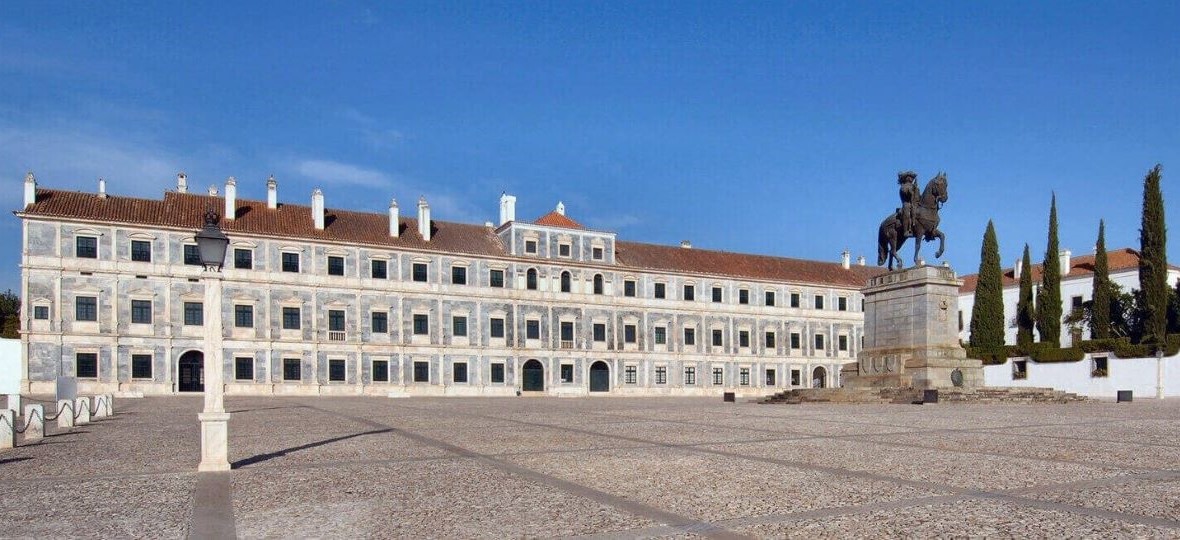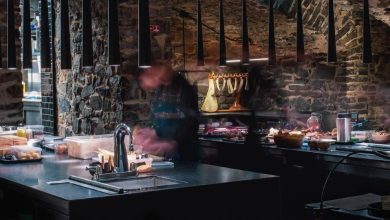HOW TO SKIP THE CROWDS AND FIND THE REAL PORTUGAL

Time away is precious and no one wants to wait in line, be lost in a crowd, or stuck at a touristy eatery. In the last 10 years Portugal has burst onto the world stage as a major travel destination, but as a new destination, folks typically go to what they know: Lisbon, Lagos, and Porto.
All are worthy destinations, but just a small part of what makes Portugal so special. So, while Lisbon or Porto provide perfect starts for a trip, savvy travellers know to wander further afield to explore a country that is authentic and charming, and filled with unforgettable places with fewer lines and crowds.
And the good news is, they’re not far, and equally amazing. Here are some tips for finding the real Portugal:
Walled and wonderful
Obidos is a great escape, with its strong walls, cobbled streets, and sweet shops. But with it’s popularity comes a rush of visitors, so here’s an alternative suggestion: Castelo de Vide – called by some Portugal’s best preserved medieval town and “the Sintra of Alentejo.” The castle, surrounded by elegant houses, dominates the landscape of the foothills (banner photo). The best way to appreciate the town’s historic charm is to stroll the narrow, winding streets. The Capela do Salvador do Mundo is the oldest chapel in the region with panels of blue and white azulejos, just one of the town’s 24 churches.
Portugal also boasts many other walled towns, from Marvão to Monsaraz.
Royal options
Sintra is sensational, but there are other royal palaces too. Portugal was a monarchy from 1143 to 1910 and the kings and queens had plenty of palaces that they loved to escape to, including two not far from Lisbon in Queluz and Mafra. Meanwhile, the University of Coimbra, north of the capital, is built into a former royal palace, and the nearby castle of Leiria was built for royals.
In Alentejo region of south-central Portugal, there is a royal tour that highlights the good, the magnificent, and the struggles of being a monarch. Start in Estremoz, a royal city with impressive walls and 13th-century castle with an ancient keep that sails above the plains. Built of white and decorative marble it is free to explore (except Mondays) and part of the former palace is now a pousada (historic hotel).
The Paço Ducal de Vila Viçosa (photo below) is a huge royal palace in the royal town of Vila Viçosa. Set on a grand square, the palace is encircled by convents, churches, and a pousada. Inside, there are many public rooms built for a king, as well as a sizable armoury and a magnificent kitchen with huge ovens, wine cellars, and more copper than you have ever seen.

In the distance, on a high mountaintop stands the fortified town of Évora Monte, walled around a massive castle that soars above the horizon. The town is a great escape with its ancient churches, cobble stone streets, sweeping views, and many local arts and craft shops.
Young chefs, fresh ideas
Ancient but trendy, Estremoz is full of up-and-coming places to eat, run by young chefs. This marble city of some 8,000 people has become the go-to dining spot, after Évora, for a hot and emerging food scene.
Finding religion
On any given day there are lines to see some of the most popular monasteries and churches in Europe, but not far from Lisbon, significant religious sites are awaiting with no lines, and amazing stories to tell:
Church of Nossa Senhora da Assunção – Designed by Francisco de Arruda in 1517 and set in Praça da República, in Elvas, the cathedral features Manueline side doors, and Baroque chancel and gilded altars finished in marble.
The Convento dos Congregados – This convent in Estremoz has a rich history starting in the 16th century when it was used as a palace. Its facade is crafted in beautiful pink marble and its tiles depict the life and miracles of Saint Philip.
Museum of Sacred Art – Opened in 2004 in Moura, the museum is located in the Church of São Pedro, a building that has magnificent 17th century tiles. Exhibitions highlight hundreds of pieces that demonstrate the religious traditions of the region.
Cathedral of Évora – Standing out for its tall silhouette in the walled city, the Basilica Sé de Nossa Senhora da Assunção is the largest medieval cathedral in Portugal. Completed by 1250, the structure is entirely in local granite, marked by the transition from the Romanesque to the Gothic style. The church has a unique crucifix called the “Father of the Christs,” which is above the painting of Our Lady of the Assumption, allegorical statues of St. Peter and St. Paul, and a spectacular organ from the Renaissance period.
Our Lady of Guadalupe Chapel: Set in the landscapes of the Serra de São Gens, the Ermida de Nossa Senhora de Guadalupe is 1.6 km. from Serpa in central Portugal and boasts simple architecture of the Mudejar style of the Iberian Peninsula. The small refuge houses the image of the patron saint who is honoured in a great celebration for the arrival of spring, which begins at Easter and lasts for five days. The event includes processions, parades, and masses.
First published at Travel Industry Today





